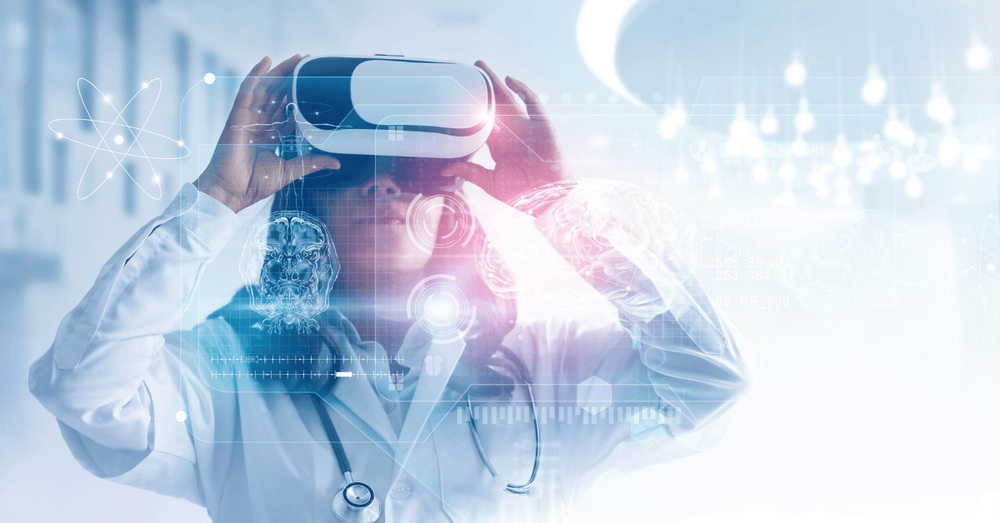Embracing telemedicine: The future of remote healthcare in Australia and New Zealand

Over the past few years, telemedicine has emerged as a game-changing tool in healthcare delivery. Telemedicine leverages technology to provide healthcare services remotely, enhancing accessibility and convenience for patients. In Australia and New Zealand, this growing trend has the potential to revolutionise healthcare delivery, particularly in remote and rural areas.
The current state of telemedicine in Australia and New Zealand
In both Australia and New Zealand, the demand for telemedicine has been accelerating due to increasing digital literacy, improved internet connectivity, and supportive governmental policies. The Covid-19 pandemic further catalysed this shift, as lockdowns and social distancing necessitated a rapid transition to remote healthcare services.
Things like augmented reality and artificial intelligence could be a game changer for both telehealth and health.
The benefits of telemedicine
Telemedicine offers several advantages over traditional healthcare delivery methods:
- Increased access:
Telemedicine significantly enhances access to healthcare services, especially in rural and remote areas where medical facilities and specialists may be scarce.
- Convenience:
It allows patients to consult doctors from the comfort of their homes, reducing travel time and costs. It also enables flexible appointment scheduling, enhancing patient satisfaction.
- Cost efficiency:
Telemedicine can reduce healthcare costs by minimising hospital visits, reducing travel expenses, and streamlining administrative processes.
- Improved health outcomes:
Early intervention facilitated by convenient access to healthcare services can lead to better health outcomes.
The future of telemedicine in Australia and New Zealand
The future of telemedicine in Australia and New Zealand is promising, with several trends indicating its further integration into healthcare systems:
- Policy support:
Looking for a doctor job that matches your career and lifestyle aspirations?
Search jobsBoth countries are prioritising digital health in their health policy planning. This includes legislation supporting telemedicine services and investment in necessary infrastructure.
- Technological advancements:
Innovations in artificial intelligence (AI), machine learning (ML), and data analytics will likely further enhance the capabilities of telemedicine, providing advanced diagnostic and treatment options.
- Patient acceptance:
As patients become more accustomed to digital services in other aspects of life, their acceptance and demand for telemedicine services are likely to increase.
- Collaboration:
Increasing collaboration between tech companies, healthcare providers, and policymakers is expected to drive the growth and development of telemedicine.
Augumented Reality (AR) in telemedicine
Augmented Reality (AR) is a rapidly evolving technology that superimposes a computer-generated image on a user's view of the real world, providing a composite view. When integrated with telemedicine, AR can bring a whole new dimension to remote healthcare.
AR can enhance telemedicine by facilitating more comprehensive and interactive consultations. For instance, using AR technology, healthcare providers can overlay digital information, such as 3D images of anatomy or real-time vital statistics, on their view of the patient. This can aid in the visualisation and explanation of medical conditions, making consultations more informative and engaging.
In training and education, AR can facilitate remote mentoring. An experienced doctor could guide a less-experienced healthcare worker through a complex procedure in real-time, visually demonstrating steps using AR.
AR also has potential for improving remote patient monitoring. Wearable AR devices can track and display vital signs, helping doctors to assess patients' health remotely with greater accuracy and efficiency.
As well as this, AR can enhance the treatment of mental health conditions. For example, AR exposure therapy is being explored as a treatment for phobias and post-traumatic stress disorder (PTSD).
AR is poised to revolutionise telemedicine, making remote healthcare more effective, interactive, and personalised.
As we look to the future, it's clear that telemedicine will play a pivotal role in transforming healthcare delivery, especially in rural areas, in Australia and New Zealand. By overcoming geographic barriers and enhancing accessibility, telemedicine has the potential to democratise healthcare, ensuring that quality medical services are available to all, regardless of location. As technological capabilities continue to advance and governmental support increases, the future of remote healthcare in Australia and New Zealand is indeed bright and promising.
